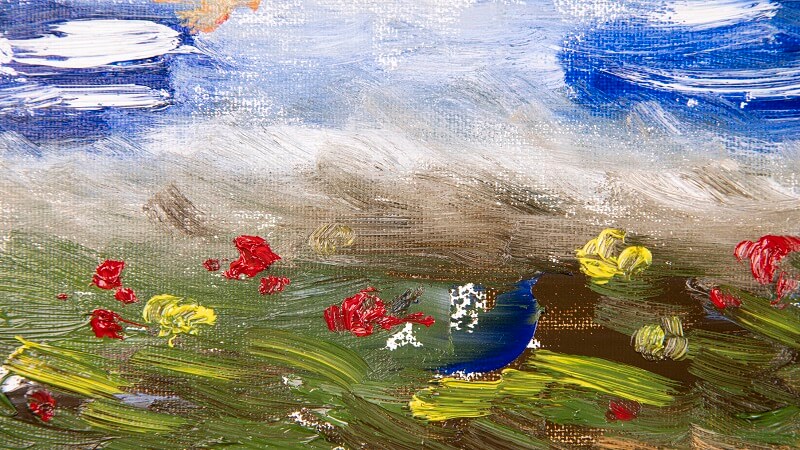The art world of the late 19th century was a vibrant tapestry, woven with the lives and creations of some of history’s most renowned painters. Among them, Claude Monet stood as a pivotal figure, whose vision helped shape the Impressionist movement. His interactions with contemporaries like Pierre-Auguste Renoir, Camille Pissarro, and Édouard Manet were not merely casual; they were complex relationships that oscillated between collaboration, inspiration, and rivalry. This exploration delves into the intricate dynamics between Monet and his fellow artists, highlighting how their relationships influenced the trajectory of Impressionist art.
Monet’s journey in art began in the studio of Charles Gleyre in Paris, where he met fellow students Renoir, Bazille, and Sisley. This encounter marked the beginning of a lifelong friendship and professional relationship, especially with Renoir. Both artists shared a deep interest in light and color, often painting the same scenes side by side to capture the ephemeral nature of light. Their collaborative work is evident in pieces such as “La Grenouillère,” where each artist’s rendition of the scene offers a unique perspective on light and movement. These collaborative sessions were not just about painting side by side; they were incubators of the Impressionist style, emphasizing spontaneity, light, and color over the detailed realism favored by the Académie des Beaux-Arts.
In contrast to the collaborative nature of his relationship with Renoir, Monet’s interactions with Manet were more complex. Initially, Manet, an established figure in the Parisian art scene, viewed Monet’s work with skepticism. However, this skepticism gradually turned into admiration and influence. Monet’s “Impression, Sunrise,” which famously gave the Impressionist movement its name, is believed to have inspired Manet’s later works, such as “Boating.” Their relationship was a fascinating blend of rivalry and mutual respect, as they both sought to capture the essence of modern life while maintaining their distinct artistic identities.
Camille Pissarro, another key figure in the Impressionist movement, shared a bond with Monet that was rooted in mutual respect and artistic exchange. Pissarro’s influence on Monet was profound, particularly in his approach to outdoor painting. Both artists were deeply committed to painting en plein air, a practice that was crucial to the development of Impressionism. Their correspondence and shared experiences, such as the first Impressionist exhibition in 1874, highlight a relationship built on solidarity and a common vision for the future of art.
The synergy between Monet and his contemporaries was not just about shared techniques or stylistic similarities; it was a profound dialogue that pushed the boundaries of traditional art. They challenged each other, borrowed ideas, and occasionally disagreed, but ultimately, they were united in their quest to capture the transient beauty of the world around them.
Monet’s relationships with these artists were not confined to the canvas; they were complex and multifaceted, encompassing mentorship, collaboration, and friendly competition. These interactions were instrumental in shaping Monet’s artistic vision and the broader Impressionist movement. The influence of these relationships is evident in the evolution of Monet’s work, from his early landscapes to his later, more abstract representations of the natural world.
Today, Monet’s legacy, along with that of his contemporaries, continues to captivate art enthusiasts and collectors. Their paintings, celebrated for their vibrancy and emotional depth, remain highly sought after. For those interested in exploring Monet’s masterpieces, 1st-art-gallery offers a stunning collection of reproductions, allowing art lovers to own a piece of this rich artistic legacy.
Conclusion
In conclusion, the relationships between Claude Monet and his contemporaries were fundamental to the development of Impressionism. Through collaboration, rivalry, and mutual inspiration, these artists broke away from traditional techniques, forever changing the landscape of the art world. Their legacy is not only in the works they left behind but also in the spirit of innovation and exploration that they championed—a spirit that continues to inspire artists to this day.
